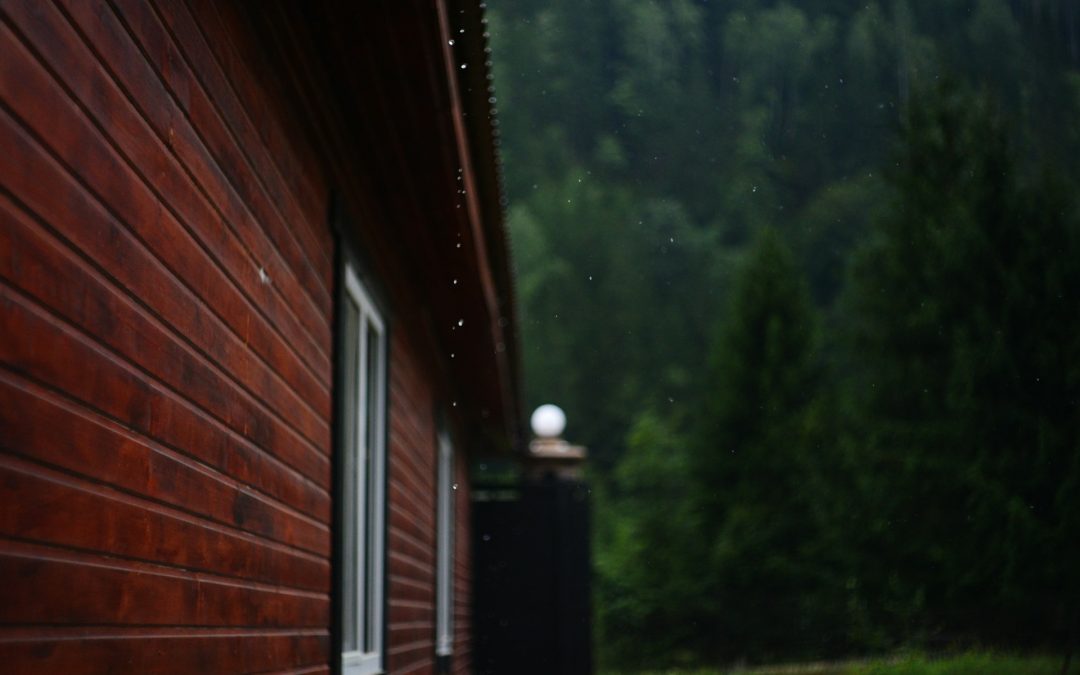Weather can have a big impact on the stability of your home’s foundation. Many homeowners don’t realize that the rain, extreme temperatures, and seasonal changes all play a role in how well their foundation holds up over time. Understanding these weather-related effects can help protect your home and prevent costly damages.
Rain and moisture can cause the soil around your foundation to expand and contract. When the soil is too wet, it can lose its ability to support your home, leading to possible foundation movement or even cracks in the structure. On the other hand, extremely dry conditions can cause the soil to shrink, which might result in gaps and spaces around the foundation, leading to uneven settling.
Extreme temperatures also have a direct effect. In hot weather, the soil can dry out and contract, putting stress on the foundation. Conversely, freezing temperatures can cause the soil to expand, leading to cracks and other issues. It’s essential to know how these factors affect your foundation so you can take steps to protect it and maintain the structural integrity of your home.
Impact of Rain and Moisture on Foundations
Rain and moisture can significantly affect the stability of your foundation. When it rains heavily, the soil around your home can become oversaturated with water. This excess water makes the soil swell, putting pressure on your foundation walls. Over time, this constant pressure can cause cracks in the foundation or even lead to shifts in the structure of your home. These cracks can allow more water to seep in, creating a cycle of damage that can worsen over time.
During periods of heavy rain, it’s also common for water to accumulate around the base of your home if there is poor drainage. Pooled water creates a wet environment that encourages wood rot, mold growth, and other problems that can compromise your foundation. Keeping gutters clean is essential and ensuring that downspouts direct water away from your home to minimize these risks. Regularly checking for and sealing any cracks can keep water from causing additional harm.
Effects of Extreme Temperatures
Extreme temperatures, whether hot or cold, can also have a dramatic impact on your foundation. In hot weather, the soil can dry out and shrink. When the soil contracts, it can create spaces or voids around your foundation. This can cause the foundation to settle unevenly, leading to cracks and other structural issues. Over time, continuous cycling between wet and dry conditions can make these problems even worse.
Cold weather brings its own set of challenges. When temperatures drop below freezing, any moisture in the soil can freeze and expand. This expansion can push against the foundation, creating cracks and weakening the structure. This process, called frost heaving, can cause the foundation to lift and settle unevenly once the soil thaws. Both seasonal changes in temperature and sudden cold snaps can lead to significant foundation damage if not monitored and managed properly.
By recognizing the signs of temperature-related foundation issues early, you can take steps to protect your home. Insulating your foundation and ensuring proper drainage can help mitigate these effects. Regular inspections can also catch problems before they become severe, ensuring your home remains safe and stable throughout the year.
Seasonal Changes and Soil Shifting
Seasonal changes can significantly affect the soil around your foundation, leading to soil shifting and causing damage. In the spring, melting snow and increased rainfall can saturate the soil. When the soil is too wet, it swells and puts pressure on the foundation. This can lead to cracks in the foundation walls and floors. During the summer, the soil dries out, leading to shrinking and causing the foundation to settle unevenly.
Autumn comes with its own set of problems. Fallen leaves can clog gutters, leading to water pooling around the foundation. Winter brings freezing temperatures that can cause the soil to freeze and expand. This expansion can create frost heave, where the soil lifts and puts upward pressure on the foundation. These seasonal changes create stress and movement in the foundation, ultimately compromising its stability.
It’s crucial to be aware of how the seasons affect your foundation. Regular inspections, especially before and after major seasonal shifts, can help you catch early signs of damage. By understanding these seasonal impacts, you can take preventative measures to keep your foundation stable throughout the year.
Preventative Measures to Protect Your Foundation
Preventing foundation damage starts with good maintenance and proactive steps. First, ensure your gutters and downspouts are clean and in good working order. This helps direct water away from your foundation, reducing the risk of water damage. Install downspout extensions if necessary, to make sure water is diverted at least a few feet away from the foundation.
Next, maintain a consistent moisture level around your foundation. During dry spells, it’s essential to water the soil around your home to prevent it from shrinking. However, avoid overwatering, as excessively soggy soil can also cause problems. Use mulch around the foundation to help regulate soil moisture levels.
Grade the landscape around your home so that it slopes away from the foundation. This helps prevent water from pooling near the base of your house. Additionally, consider installing a French drain or a sump pump to handle excess water and keep your foundation dry.
Finally, take steps to insulate your foundation from extreme temperatures. Insulating the foundation walls can help prevent damage caused by frost heave in the winter. Regular inspections and timely repairs are vital to maintaining the strength and stability of your foundation.
Conclusion
Understanding the impact of weather on your foundation is crucial for maintaining the stability and safety of your home. Rain, moisture, extreme temperatures, and seasonal changes all affect how your foundation holds up over time. By taking proactive steps, you can prevent significant damage and ensure your foundation remains solid and secure.
Regular maintenance, proper drainage, and insulation are key strategies to protect your foundation from weather-related issues. Simple actions like keeping your gutters clear, maintaining consistent soil moisture, and grading your yard can make a huge difference. Stay vigilant and address any signs of damage promptly to maintain the integrity of your home’s foundation.
If you’re concerned about the effects of weather on your foundation, Lift-Texas Construction is here to help. Contact us today to learn more about our comprehensive foundation repair and maintenance services. Let us help you keep your home safe and secure for years to come.

